Carpooling is good for long distances, but most of the waste is in the city with single-drivers cars jamming the traffic...
Is there any solution for this problem?
Many have tried, but nobody has provided a viable solution so far. UBER is intended to be a ride-sharing solution, but it is after all, a new taxi company that is dumping rides fares. I like the Uber idea, but drivers are no longer occasional ones, they are "hired" by the company. See also how UBER is advertised to prospective drivers: "you can earn up to $$$ per night!". This is not in the spirit of sharing economy.
I believe that sharing economy is about sharing UNUSED resources and get rewarded for that sharing. Yes, in a sense, unemployed people can share their time and be rewarded for that... but this I call a JOB!
Anyway, apart from philosophical questions about what is the sharing economy, if you look at UBER prices, they are not so different than taxi fares. They are cheaper, but still taxi fares.
My idea is to let drivers that are already driving alone to share their free seats along their trip. They will be rewarded for that, but not as a taxi fares. Additionally, they should be motivated in sharing for NOT WASTING the free seats and CONTRIBUTE to reduce C02 pollution.
Suppose that John has to commute to work, or even better, his work is to visit people in different locations hardly accessible through public transportations. While traveling from his home to the next motorway entrance, he might stop and get hitchhikers along the way.
In other words, there are people who cannot avoid using the car. Those people might provide rides to those people who can avoid taking their car (e.g. they just need a lift, occasionally, or they are not in a hurry).
For these situations, the matching has to happen "serendipitously". The driver passes by and stops at someone asking for a ride, like for hitchhikers.
You might have stumbled upon a hitchhiker. If you hesitated stopping or you did not stop, maybe the reason was that you were afraid of getting a criminal or a dangerous person in your car. What if you could be sure that people you get in your car are safe? Would you be more keen to stop at hitchhikers?
My two main hypotheses are:
1. Drivers would share rides to people they are know to be safe (e.g. registered in a website with their identity disclosed).
2. Drivers are motivated in ride sharing not for monetary compensation, but for helping occasional drivers and contribute to reducing overall CO2 footprint.
There is an additional hypothesis which is:
3. Drivers might be keener to share a ride to people who have done a good action, e.g. they have donated some money to a charity or a for-good cause.
If these 3 hypotheses are valid, then the Karm.ly model is applicable. Drivers can accept payments are Karma points that hitchhikers have earned through their donations.
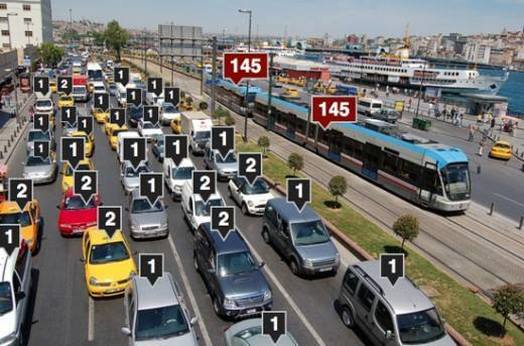


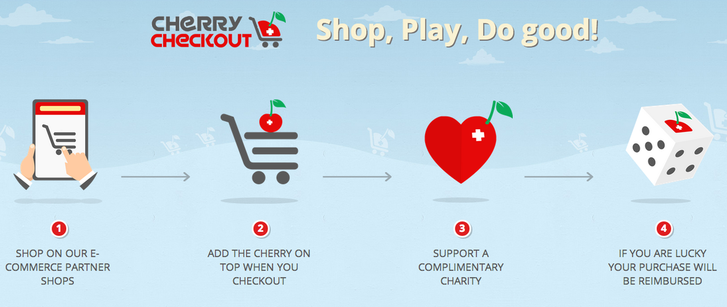
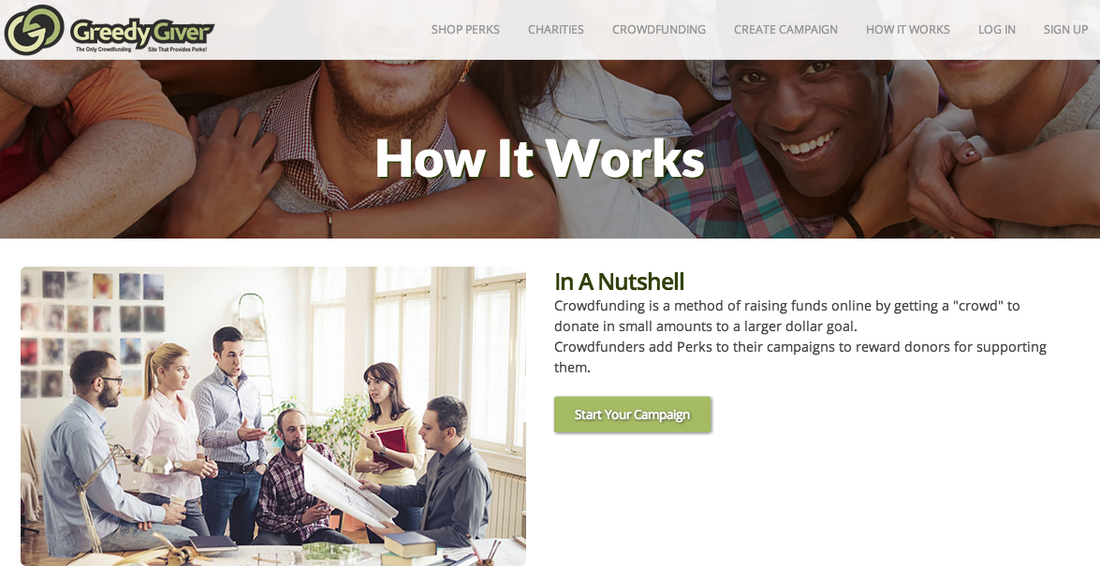
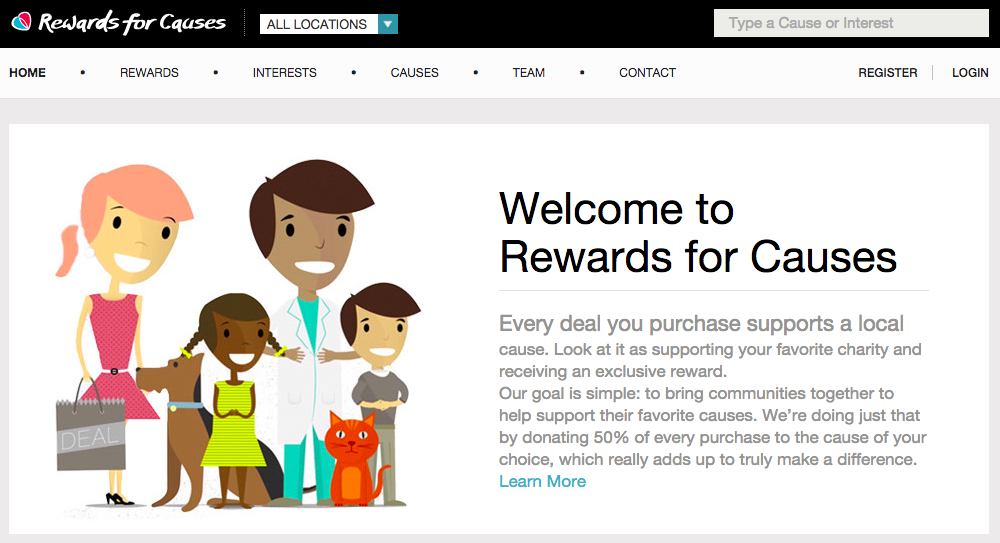
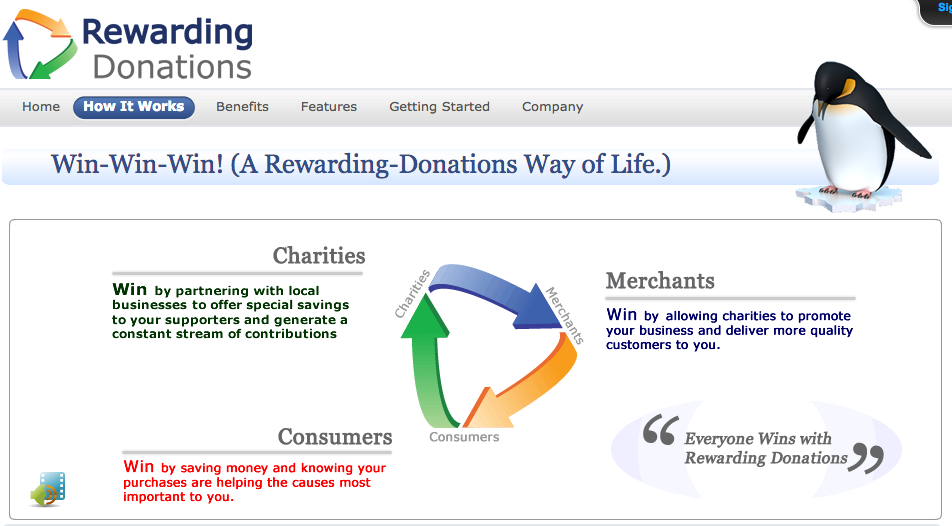
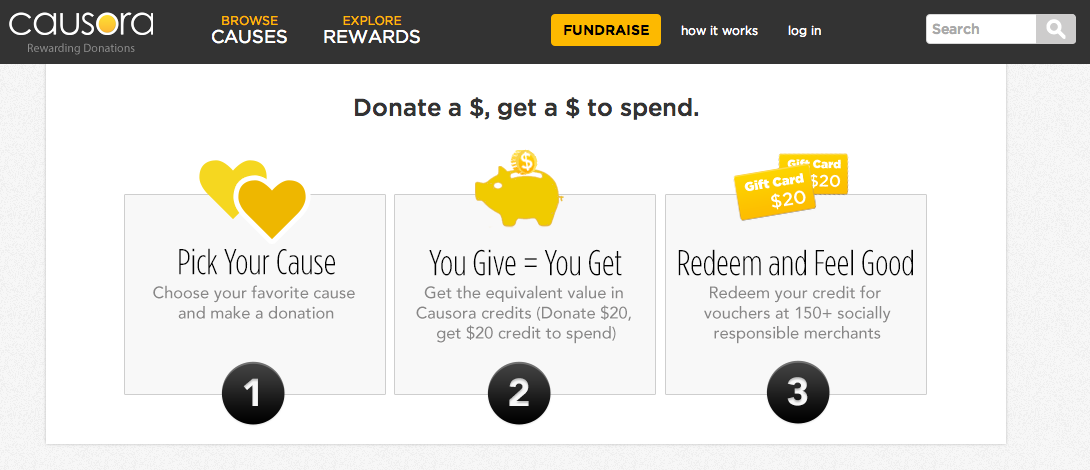
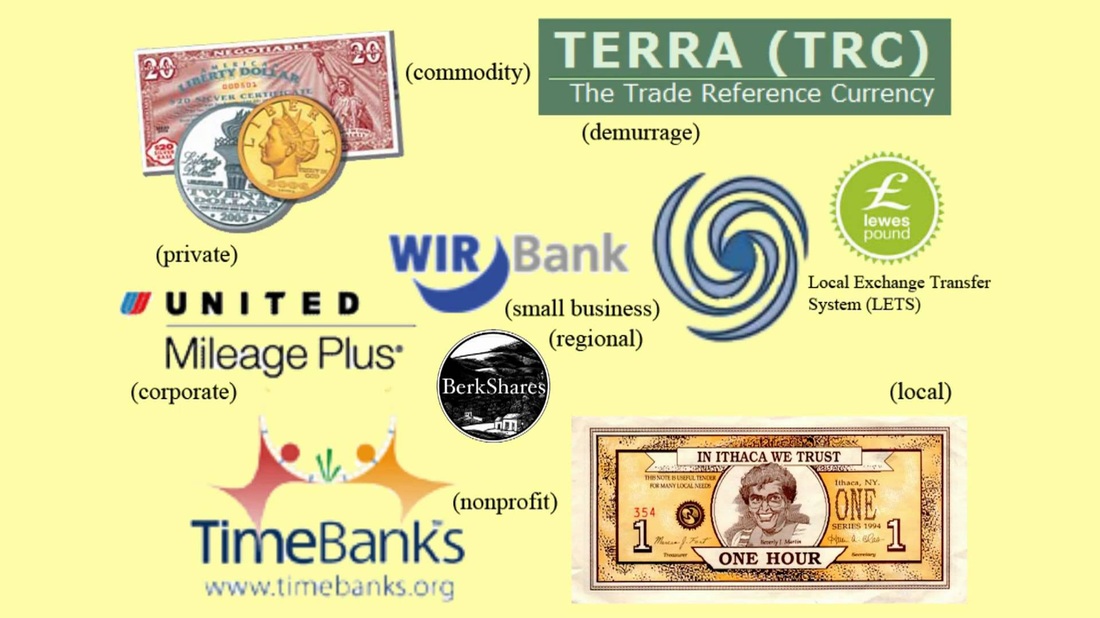

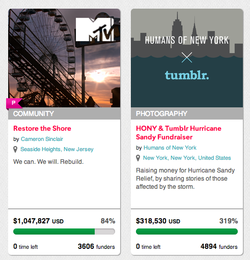




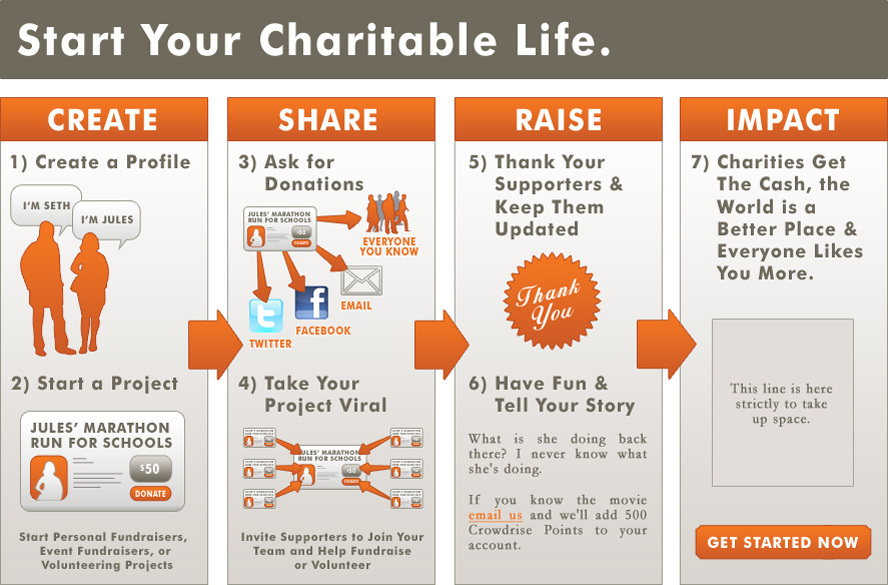
 RSS Feed
RSS Feed
